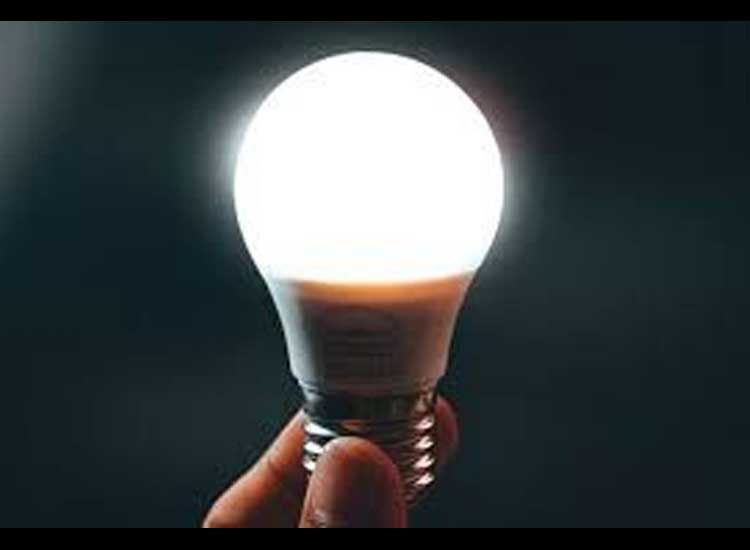History of the Origins of Speaker Making: Inventions That Changed Hearing – History of the Origins of Speaker Making
Speakers, or loudspeakers, are a device that has become an inseparable part of our daily lives. Whether it’s through a radio, computer, television, or our built-in stereo system, speakers help us hear the world clearly. However, have you ever wondered how the first speaker was created?
Who Invented the First Speaker?
An analysis of the history of a speaker should start by finding out who its inventor was. The inventor of the first speaker was a German scientist named Johann Philipp Reis . An inventor and physicist, Reis created the first prototype of the telephone in 1861, which used the basic principles of the speaker as we know it today.
Invention of the Electrophone and Telephone
History of the Origins of Speaker Making: Inventions That Changed Hearing, In 1863, Reis’ invention, called the “electrophone”, used electrical vibrations to produce sound. Although still far from what we know as modern speakers, these electrophones were an important first step towards creating the speakers we use today.
In 1876, Alexander Graham Bell released a patent for the telephone, which predated the use of speakers in everyday communication. Bell used Reis’ concept of how to produce sound through electricity and made significant improvements over the original design. This step was a significant turning point in the history of speaker manufacturing.
Shortly after, Emile Berliner introduced sound reproduction with a gramophone in 1887. This was the first time that sound could be recorded and played back, demonstrating the potential of speakers as a tool for playing and recording sound.
Modern Speaker Making
In 1924, Chester W. Rice and Edward W. Kellogg of General Electric obtained a patent for the “loud speaker,” or the modern speaker we know and use today. This design changes the direction of electric current flow into sound movements that we can hear. Featuring a distinctive cone design, Rice-Kellogg speakers have become the basic model for almost all speakers produced today.
However, this discovery was not the end of the speaker’s evolution. Over time, advances in technology and a better understanding of the properties of sound and acoustics have given rise to many other important discoveries in speaker design and function.
Contemporary Speaker Technology
With advances in technology, speakers have evolved from conventional models to more sophisticated and attractive models. One of the newest innovations in speaker technology is wireless and Bluetooth speakers. This speaker allows users to stream audio from devices such as smartphones, tablets, or computers without the need for cables.
Additionally, the introduction of soundbar technology has changed the way we listen to music and watch movies at home. It provides a stunning surround sound experience without the need for multiple speakers and cables.
Wrapping Up: The Future of Speakers
As technology continues to develop, we can expect to see more innovation in speaker design and function. With the emergence of technologies such as VR (Virtual Reality) and AI (Artificial Intelligence), the future of speakers looks very promising.
Speakers have come a long way from their initial discovery by Reis to becoming essential devices in our daily lives. From telephone transmissions to home theater systems, speakers have changed the way we interact with the world around us. It is a device that will continue to evolve and adapt to the latest technology, helping us to always be connected to the world.
Link Terkait :





